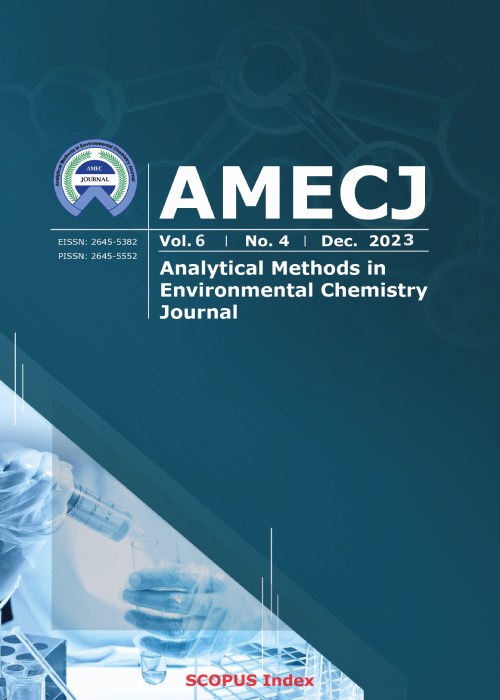Chemical analysis of essential oils of Thymus Carmanicus Jalas by gas chromatography-mass spectrometry and toxicity activity agains t the major Iranian malaria vector, Anopheles Stephensi
In the la s t few years, using chemical insecticides to control the malaria vector has caused environmental pollution and resi s tance to chemical insecticides. This s tudy aimed to inve s tigate the chemical analysis of essential oils of Thymus carmanicus Jalas by gas chromatography and mass spectrometry (GC-MS) and toxicity activity again s t the major Iranian malaria vector, Anopheles s tephensi. The essential oil of Thymus carmanicus Jalas was prepared from dried leaves using the hydro-di s tillation method. Gas chromatography mass spectrometer (GC-MS) was used to analyze and identify thyme essential oil compounds. Bioassay was performed using World Health Organization (WHO) s tandard te s t. The T. Carmanicus Jalas essential oil consi s ted of 15 compounds, with Carvacrol (61%), Thymol (6%), and β-caryophyllene (5%) being the major components by volume. The LC50 and LC90 of thyme oil were 20.37 and 41.38 mg L-1 at 24h after application, respectively. At 24h after application, significant differences were observed between the toxicity of 5%, 20%, 25%, 40%, 50%, and 80% concentrations of Thyme essential oil (P<0.05). The 80% concentration of Thyme essential oil exhibited 100% toxicity again s t A. s tephensi larvae at 24h after application. T. Carmanicus has a rich source of bioactive compounds for use as a mosquito larvicide.
- حق عضویت دریافتی صرف حمایت از نشریات عضو و نگهداری، تکمیل و توسعه مگیران میشود.
- پرداخت حق اشتراک و دانلود مقالات اجازه بازنشر آن در سایر رسانههای چاپی و دیجیتال را به کاربر نمیدهد.


